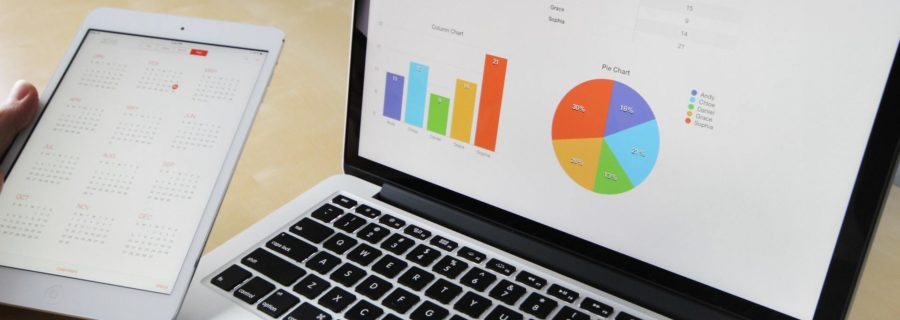For millions of Canadians, financial stress impacts their mental and physical health, and life at work. For businesses across Canada, it is estimated that $20.3 billion in productivity is lost due to employees thinking about personal financial matters at work, according to the Canadian Payroll Association’s 12th Annual Survey of Working Canadians. It’s unlikely that our local business community is immune. The pandemic has only caused increased financial strain on many business owners and their employees; there is no doubt it will impact the bottom line.
A common approach to providing financial support for employees is to add an employee assistance program (EAP) to your benefits package. These can be great programs, but they are often only used by employees in severe situations. Worrying about money is a problem long before it evolves into a catastrophe. It’s essential to have resources for your team that can help during times of extreme upheaval. However, helping employees gain financial capability requires an approach that will lift all boats, not just the ones in the middle of a storm.
For decades, various organizations, from financial institutions to non-profit community groups, have tried to increase financial literacy among the general public. However, those efforts have fallen short. There are several reasons why it’s been so challenging to improve our finances.
First, most financial literacy programs are collections of blog posts or one-time webinars or workshops. Most of the time, these programs measure their efficacy by testing the learner on the material they were exposed to and checking to see what they can remember. To be truly impactful, they need to measure if the learner made any changes to their behaviour and improved their financial metrics over time, which is difficult to measure.
Second, financial information is much harder to retain compared to math and science. Part of this is because when you learn about math and science, you do so over several years of school, and you learn rules and formulas that you use repeatedly. You don’t just understand a principal. You practice applying that knowledge and, over time, you develop a capability. The approach to financial health has to use a similar process.
Here is how the path to financial capability should look. Currently, most programs don’t go beyond Step 1.
Step 1: Understand
Financial literacy is the first phase of exploring one’s financial health. The basics are essential, but without real behaviour change, these efforts have a short shelf life.
Step 2: Context
With scenario-based learning, an individual can compare financial concepts, assessment techniques or insights to their financial situation. This will help them understand their current status and weigh their options.
Step 3: Application
The learner requires tools to apply the concepts, assessment techniques and insights to create desired behaviour changes to their financial situation.
Step 4: Capability
With ongoing access to easy-to-reference eLearning and tools, the learner can have sustained and improved financial decision making. The outcome will be an increase in savings, reduction in debt, adequate retirement savings and healthy credit habits, which has to be measured to prove efficacy.
Financial wellness efforts must go beyond blog posts and one-time live education events. We need to provide employees with practical, easy-to-use eLearning modules that people can return to at any time. They should be able to apply integrated tools to their specific financial situations. Only then will they be able to practice what they’ve learned continuously until new financial habits take hold.
Find out more about building up financial capability in your workplace through the Halifax Chamber of Commerce.
< Back to Articles | Topics: Trends

